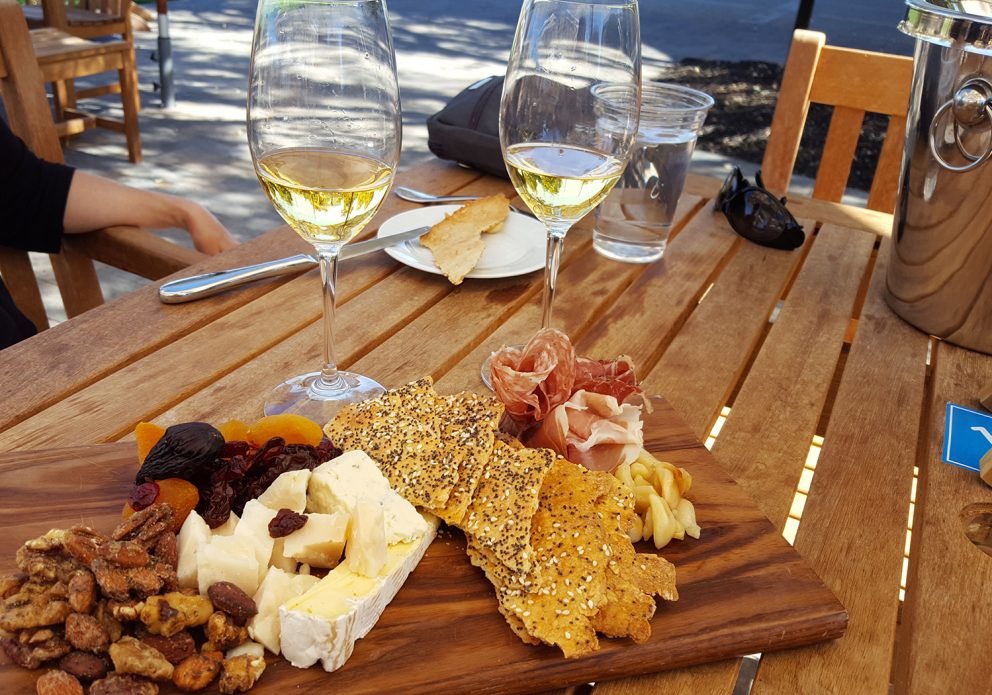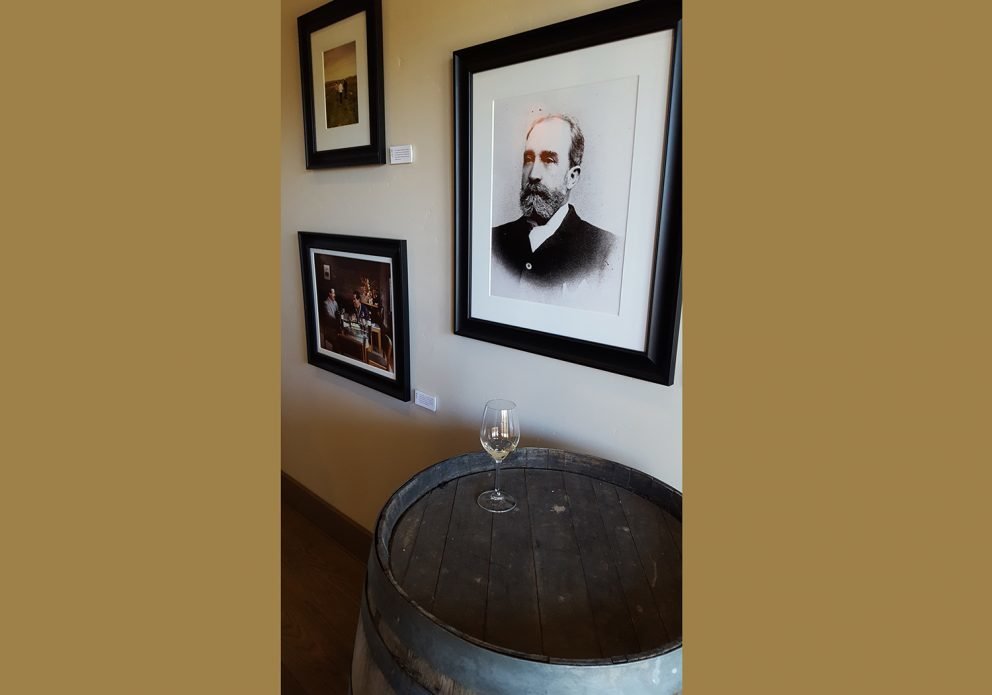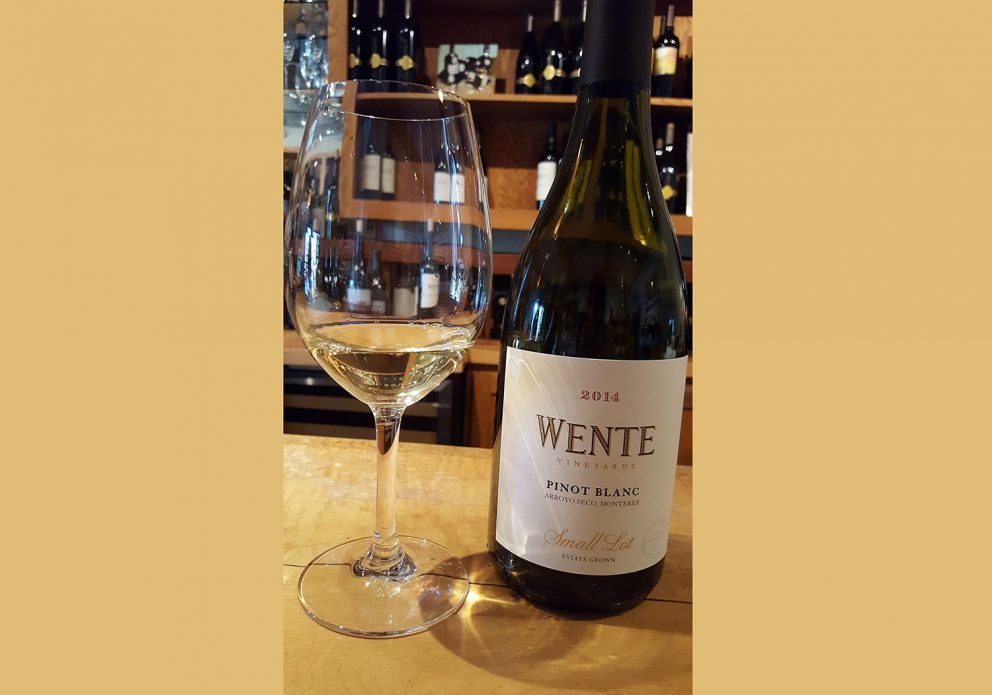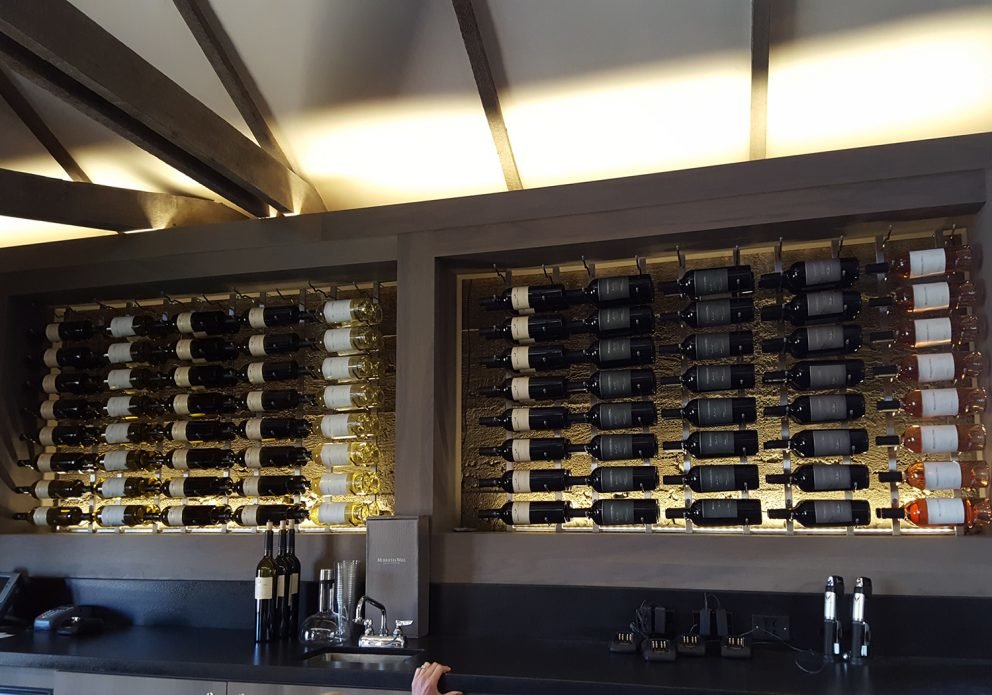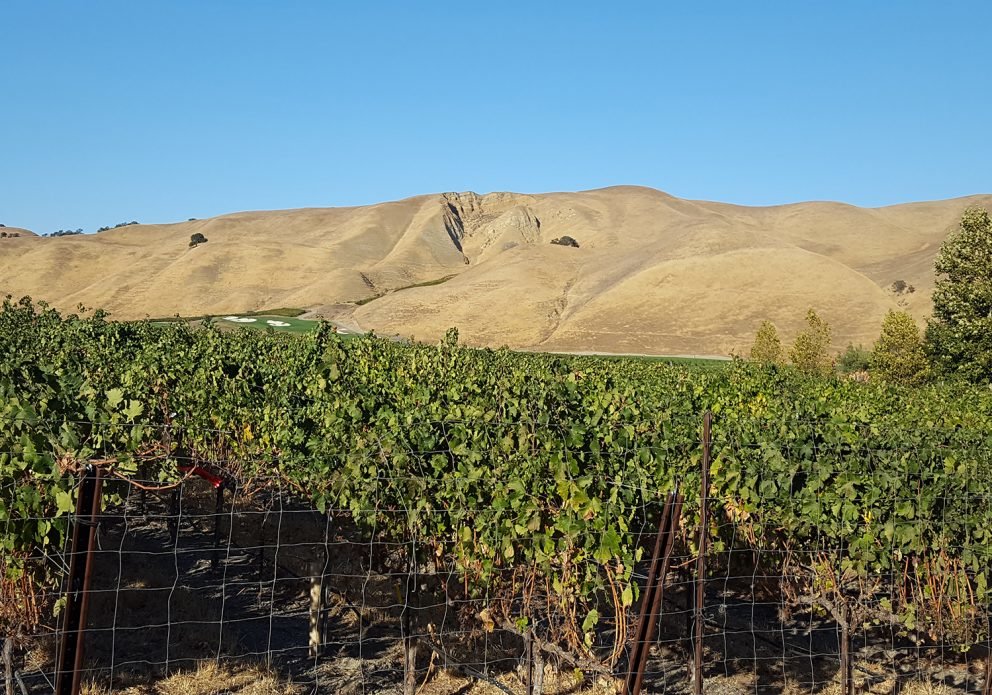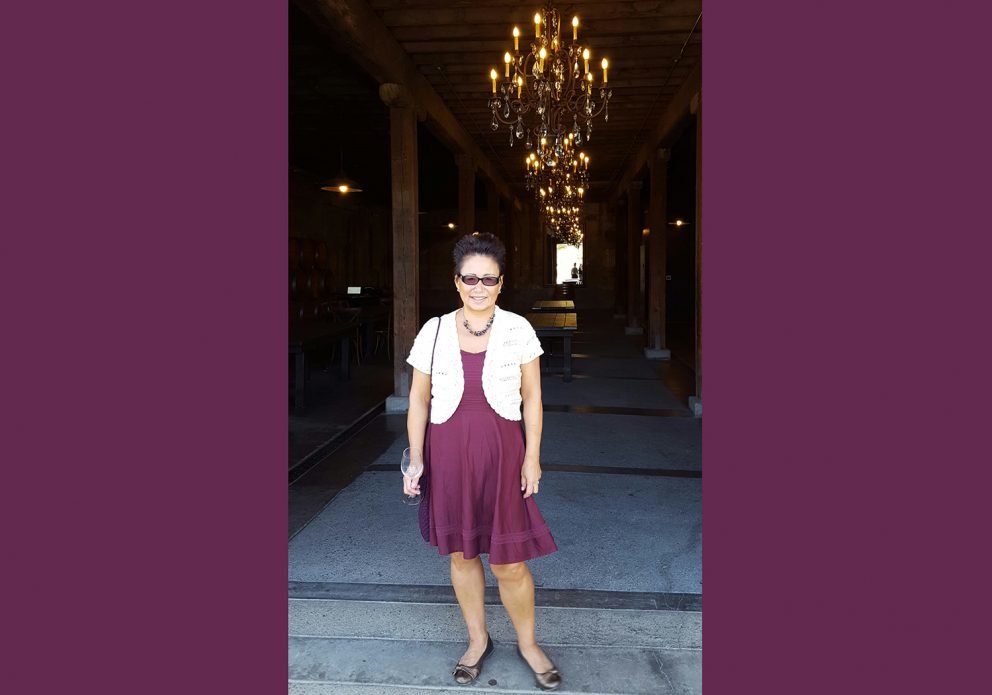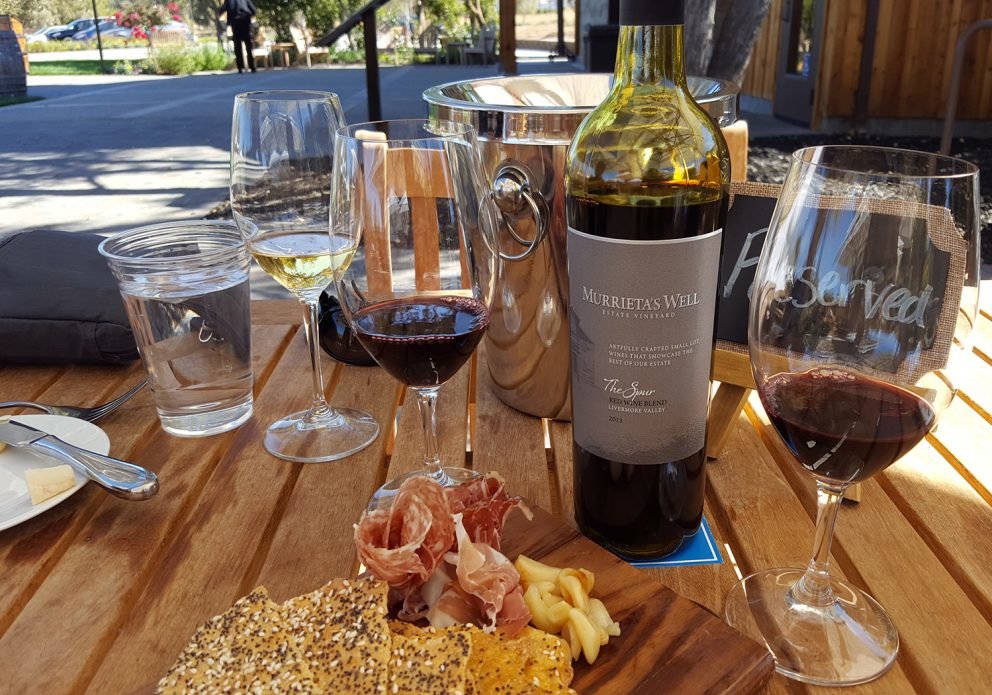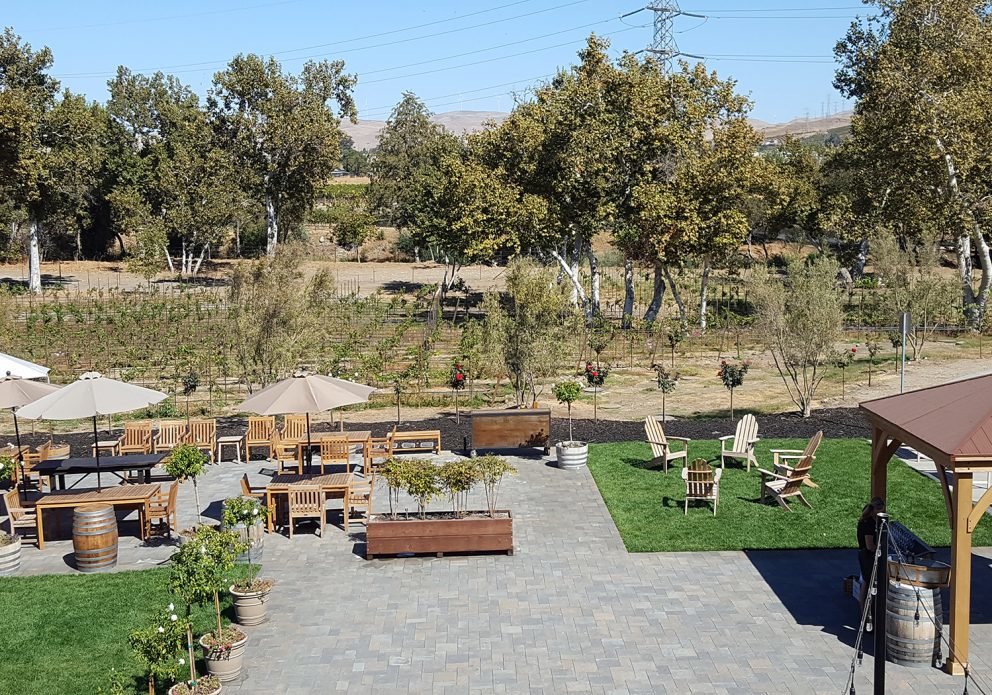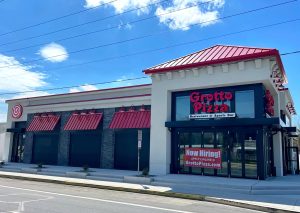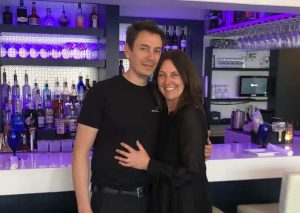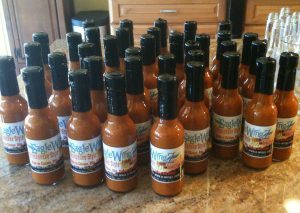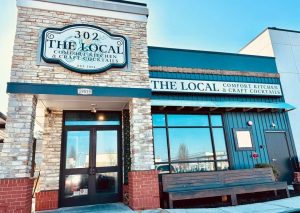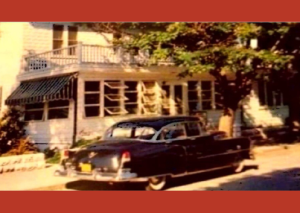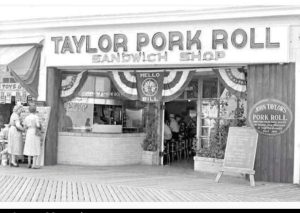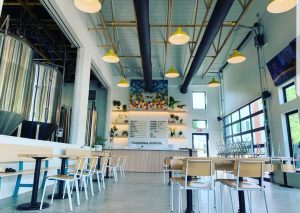Although they didn’t know it when they were rolling through the vineyards and fields of the lush, quiet Livermore Valley, bumping around in the bed of a pickup truck, fourth generation Wentes Eric, Philip and Carolyn, were learning everything they needed to know about the vineyards. “My grandfather (Ernest) and Dad (Karl) were always picking my brothers and me up and driving around the vineyard,” says Carolyn Wente. “They would tell us about the vineyards, the vines, the pests, the soil, everything. While we were learning, it was always fun.” This is a large part of what defines the Wente family legacy: Generation after generation, they taught each other and benefited from the experiences of their predecessors. They built a place in the wine world by learning and cultivating what came before them. Today, Wente Vineyards is the oldest, continuously operated and family-owned winery in America.
I recently had the pleasure of visiting Wente Vineyards on a trip to Northern California. It was a quick 45 minute drive from Mountain View where I stayed with my dear friend of 45 years, Julie. At Teller Wines, we always strive to bring the people behind the wines into better focus by sharing their stories. How they became vintners and what their philosophies are about wine making are as important to us as what’s inside the bottles. For five generations, the Wente family’s philosophy is that the quality of a wine originates in the vineyard. Their Single Vineyard wines (Chardonnay, Cabernet Sauvignon, and Pinot Noir) are sourced exclusively from specific blocks chosen by fifth-generation winemaker, Karl D. Wente to epitomize the heritage of these varietals in the Livermore Valley and Arroyo Seco regions.
When third generation winegrower Karl L. Wente was of age, he quickly took charge of the winery, working alongside his father and uncle. Uncertain of the future effects of urbanization in the Livermore Valley, and knowing he needed to sustain the family’s wine-growing legacy, he looked for other regions that could grow high-quality wine grapes. In 1963, he discovered Arroyo Seco in Monterey, a rugged region with long, cool growing seasons, loamy soils, and close proximity to quality water. The area clearly had great potential, but no matter how promising it was, establishing a new wine region is always an arduous process. Nevertheless, he made the decision to purchase 300 acres of apricot orchards from Alfred Riva and eventually replanted the property to vines. The site is now home to Wente’s Riva Ranch Single Vineyard Chardonnay and Pinot Noir.
The Livermore Valley, with an east-west valley orientation, lies twenty miles east of the San Francisco Bay. The moderating effects of the Bay and the marine climate of the Pacific Ocean entering through the Golden Gate Gap significantly influence the climate of the region. During the growing season, cool and foggy mornings give way to warm midday temperatures. Then, early afternoon breezes and evening fog lower temperatures again, preserving the fruit’s natural acidity. This climatic cycle is beneficial to wine grapes, which need warmth for healthy growth, maturation, and development. Cool nights and mornings to retain delicate flavors.
Though the region is influenced predominantly by this cool marine cycle, the bowl-shaped Livermore Valley is over twenty miles in length and has numerous microclimates and varied soil types. The winery’s Estate vineyards are located on sloping hillsides on ancient stony riverbeds along fertile valley floors and at the base of steep sandstone cliffs. The microclimate of each of these locations is particularly suited to specific grape varieties. The morning fog that lingers over the valley floor makes it a superb location for Chardonnay, while warmer temperatures in the region’s hillside vineyards allow varietals such as Merlot and Cabernet Sauvignon to develop to full maturity. “The incredible diversity of Wente vineyards allows them to cultivate wines with unique characteristics that tell the story of where they came from,” says fourth-generation winegrower Phil Wente.
Chief winemaker and fifth generation vintner Karl D. Wente is responsible for all the winemaking at Wente. 2016 will be Karl’s 17th vintage and the 15th at Wente Vineyards. Karl’s philosophy mirrors that of his ancestors. He wants to “deliver thoughtfully balanced, food-friendly wines with a sense of place.” Karl continues to maintain the hands-on approach in nurturing no less than 33 grape varieties. Thirty one-ton fermenters enable Karl to vinify small quantities of grapes (Small Lot series). The grapes are gently pressed and placed in small-batch fermenters. Traditional methods such as wild yeast fermentation and weekly batonnage (stirring of the lees) are routine.
Since joining the winemaking team in 2002, Karl has overseen the production of the winery’s estate-grown and small-lot wines. His passion for artisanal, handcrafted wines has led to the addition of limited release wines – The Nth Degree series. Unfortunately for those of us back East, many of the small-lot wines are only available in the Wente Vineyard tasting rooms and for wine club members in California.
My special VIP tour of Wente Vineyards also included a trip 5 minutes up the road to another Wente property, Murietta’s Well. There we tasted the small-lot Rosé and Malbec under crystal blue skies overlooking hillside vineyards with Karl’s house in the background. We were told that he can often be seen riding his horse around the property.
“Integrity, excellence, sustainability, and respect are truly the values that we share in my family. Integrity is simple. I can almost hear the words of Ernest Wente: ‘you’ve got nothing without your word.’ And sustainability has just been a part of our DNA since Carl Wente planted his first wine back in 1883,” says Karl.
Judging from the quality of what’s inside Wente’s bottles, I’d say the Wente legacy is in pretty good hands.


